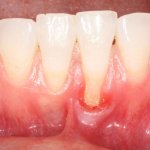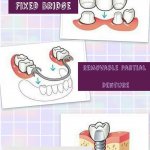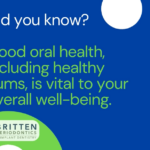We are seeing more and more advertisements for “affordable” dentures. What does “affordable” or “discount denture” mean? Are these dentures the same thing that for a lower, fairer price? Unfortunately, the answer is NO!
There is a big difference in the outcome of customized dentures and “discount” dentures. Here are some of the main differences:
1) Quality dentures take TIME. Multiple visits are necessary to create a totally customized, well-fitting dentures. Beware of advertisements for dentures which can be made in a day. Discount denture centers often tell patients they can get their dentures the “same-day”, but most likely the result will be poor due to a lack of customization. Quality dentures must be tried in to check the bite, fit, and appearance of the teeth (and approved by the patient) before they are finalized. Customized dentures may take more time, but this time in the creation process results in less adjustments, a better looking denture, AND a happier patient.
2) It is wise to use the very best materials from start to finish when creating a denture. Quality dentures cannot be made with cheap materials or by cutting corners. Expert dental lab technicians should be involved in fabricating dentures along with the use of quality materials. This can mean the difference between a denture that looks natural versus one that looks fake, as well as how they fit and how long they last. Many “affordable” or discount dentures broken after just a few months due to the use of cheaper and less durable materials. As the saying goes: You get what you pay for.
3) Also beware, most discount denture centers do not back up their product with quality service and will charge for each and every adjustment, which quickly brings their cost up. Many patients are forced to choose not to have adjustments to their discount dentures because of the price, and they must put up with horrible pain or just leave their dentures in a drawer and go without teeth.
4) Lower dentures can be very difficult to wear. Lower denture treatment discussions, when possible, should include the option of at least two lower dental implants. Not everyone will choose implants due to cost, but everyone deserves to have this option presented. Often in an “affordable denture” situation this is not even offered and the difficulties of wearing a lower denture are not fully explained.
5) Dentures need regular maintenance such as relines from time to time. Customized dentures are easier to maintain, reline, repair and adjust due to the better quality of their material.
While our main goal is to save teeth and avoid dentures, our office is fortunate to work with many restorative dentists who are extensively trained and talented in the creation quality dentures. Dr. Britten is also an implant specialist trained in placing implants to retain dentures. For more questions about dentures, implant – supported dentures, or avoiding dentures, contact us today
[iphorm id=”3″ name=”Contact form”]

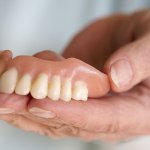
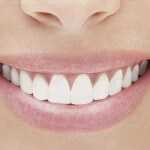
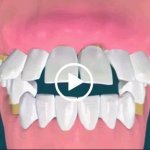
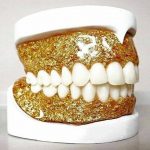
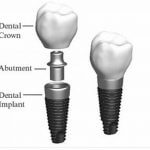
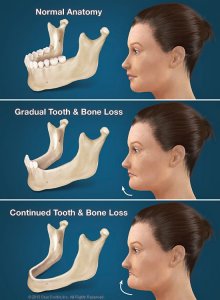

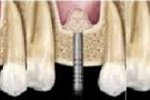
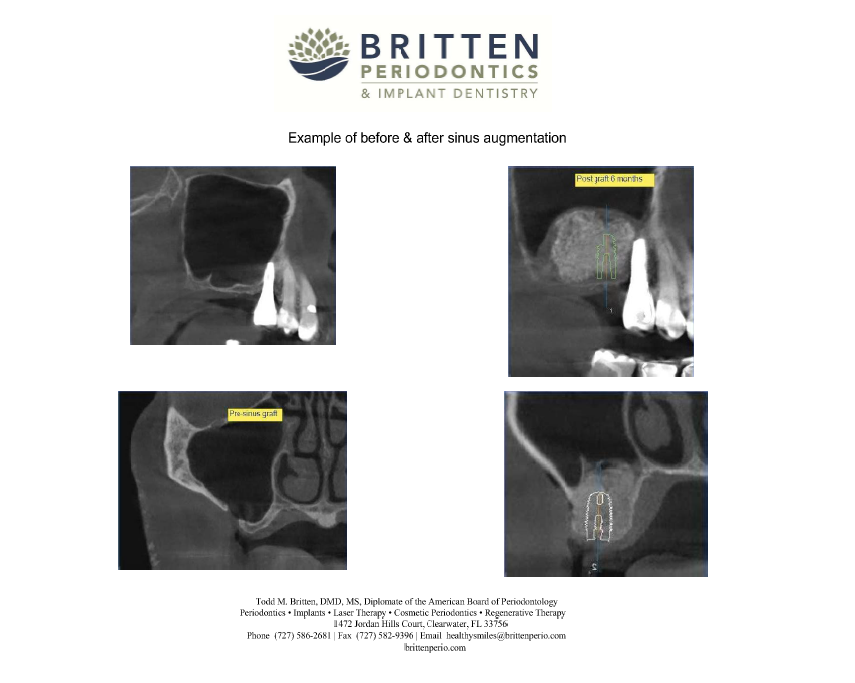 [iphorm id=”3″ name=”Contact form”]
[iphorm id=”3″ name=”Contact form”]